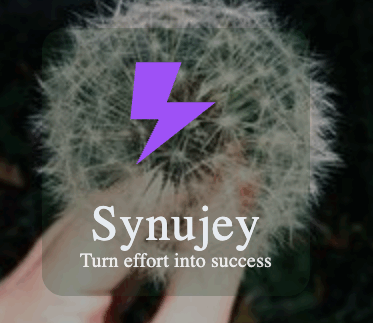How to Set Healthy Boundaries with Notifications for Better Focus

In today’s digitally connected world, notifications have become a constant presence on our phones, tablets, and computers. While they can keep us informed and engaged, frequent alerts can also disrupt focus, increase stress, and reduce overall productivity. Setting clear boundaries with notifications is an essential step toward reclaiming your attention and improving your quality of life.
In this post, we’ll explore practical tips for managing notifications effectively, helping you stay connected without feeling overwhelmed.
Why Setting Boundaries with Notifications Matters
Notifications are designed to capture your attention, often in real time. Although this can be helpful, frequent interruptions can lead to:
– Decreased concentration: Constant alerts pull your focus away from important tasks.
– Increased stress: Multiple notifications can create pressure to respond immediately.
– Poor work-life balance: Notifications outside work hours can blur boundaries between personal and professional time.
– Reduced sleep quality: Notifications at night can disrupt rest.
Setting boundaries helps you control when and how you receive alerts, allowing you to prioritize what’s truly important.
Tips for Setting Boundaries with Notifications
1. Audit Your Notifications
Start by understanding which notifications you currently receive:
– Review your apps and devices to see what alerts are enabled.
– Identify which notifications are necessary and which ones are distracting.
– Turn off or minimize notifications from apps that don’t require immediate attention.
This process helps you reduce clutter and focus on alerts that truly matter.
2. Customize Notification Settings
Most smartphones and devices let you customize notifications in detail:
– Choose notification types: Sound, vibration, banners, or silent alerts.
– Set priority levels: Allow important alerts to break through “Do Not Disturb,” while silencing less critical ones.
– Group notifications: Enable grouping to reduce repeated interruptions.
Adjusting these settings makes your notifications less intrusive and more manageable.
3. Use “Do Not Disturb” or Focus Modes
Modern devices offer features like “Do Not Disturb” or Focus modes to control alerts during specific times:
– Use these modes during work hours, meetings, or focused time blocks.
– Customize allowed notifications so close contacts or urgent apps can still reach you.
– Schedule “Do Not Disturb” during evenings or sleep to improve rest quality.
This helps you create dedicated distraction-free periods without disconnecting completely.
4. Set Specific Times to Check Notifications
Resist the urge to check every alert as it arrives:
– Designate specific times during the day to review notifications.
– Use these time blocks to respond, clear, or prioritize alerts.
– This approach prevents constant interruptions and improves task flow.
Batching notification checks can boost productivity and reduce stress.
5. Limit Notifications on Work and Personal Devices
Separating work and personal notifications supports a healthy boundary between professional and personal life:
– Turn off work notifications outside office hours.
– Consider using separate devices or user profiles for work and personal use.
– Inform colleagues or friends about your notification preferences to set expectations.
This reduces pressure to respond immediately and supports work-life balance.
6. Take Advantage of Notification Summary Features
Some devices offer summary notifications that group non-urgent alerts and deliver them at scheduled times:
– Enable these summaries to receive a digest of low-priority notifications.
– Customize the timing to suit your routine and preferences.
– This reduces the frequency of interruptions throughout the day.
Summaries help maintain awareness without constant distractions.
7. Regularly Reassess Your Notification Settings
As your priorities and routines change, so should your notification preferences:
– Schedule a monthly or quarterly review of notification settings.
– Disable apps or alerts you no longer use or need.
– Adjust focus modes and “Do Not Disturb” schedules to fit lifestyle changes.
Continued assessment ensures your boundaries remain effective.
Bonus Tips: Improve Your Digital Well-Being
Setting notification boundaries is part of broader digital wellness habits:
– Use app timers: Limit time spent on social media or other distracting apps.
– Engage in screen-free activities: Make time for offline hobbies or in-person interaction.
– Practice mindfulness: Pay attention to how notifications affect your mood and focus.
Building healthy digital habits supports long-term balance and productivity.
Conclusion
Notifications can be valuable tools when managed thoughtfully. By auditing your alerts, customizing settings, using focus modes, and setting regular check-in times, you can tame the constant buzz of notifications and create healthy boundaries. These boundaries will help you stay focused, reduce stress, and enjoy better time-management both in work and life.
Try implementing these tips one step at a time and notice how regaining control over your notifications improves your day-to-day experience. Your attention is your most valuable resource—protect it wisely!




